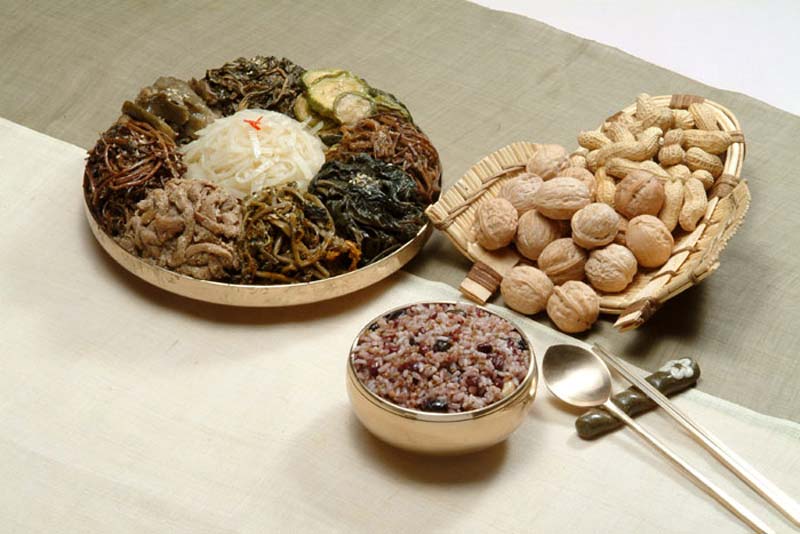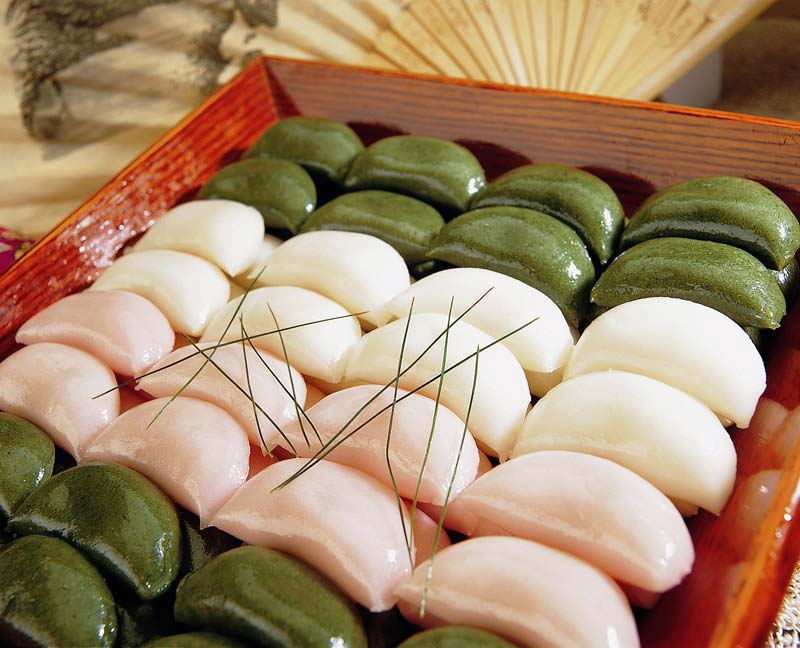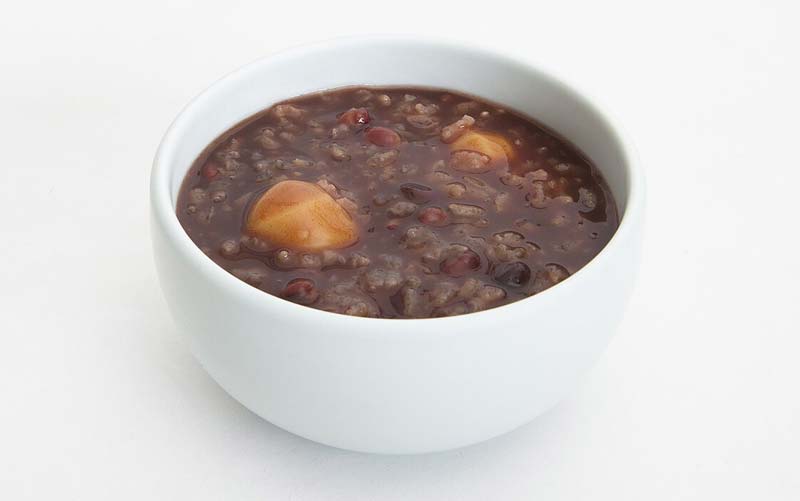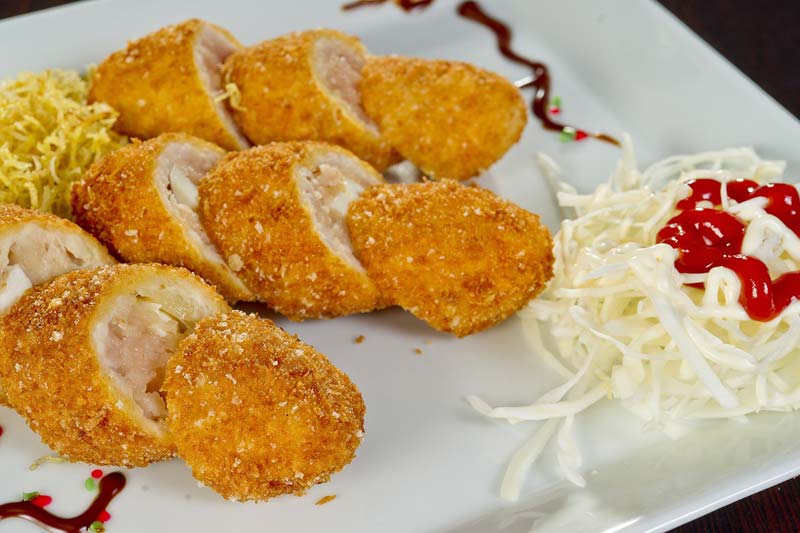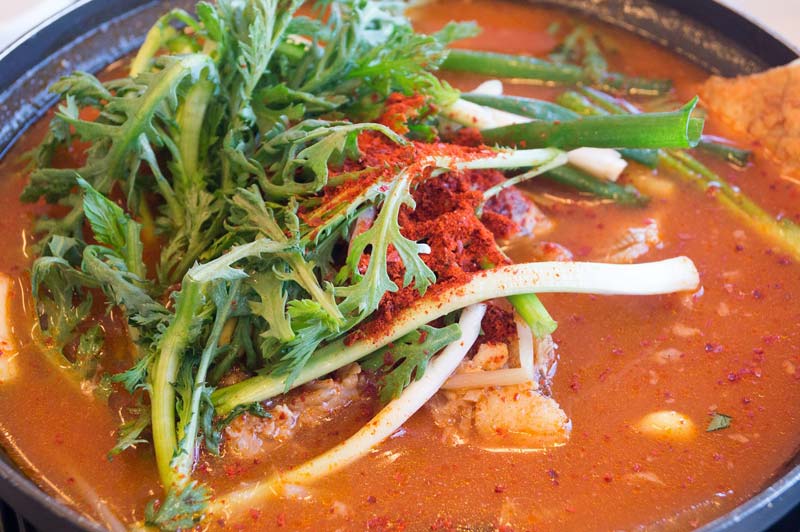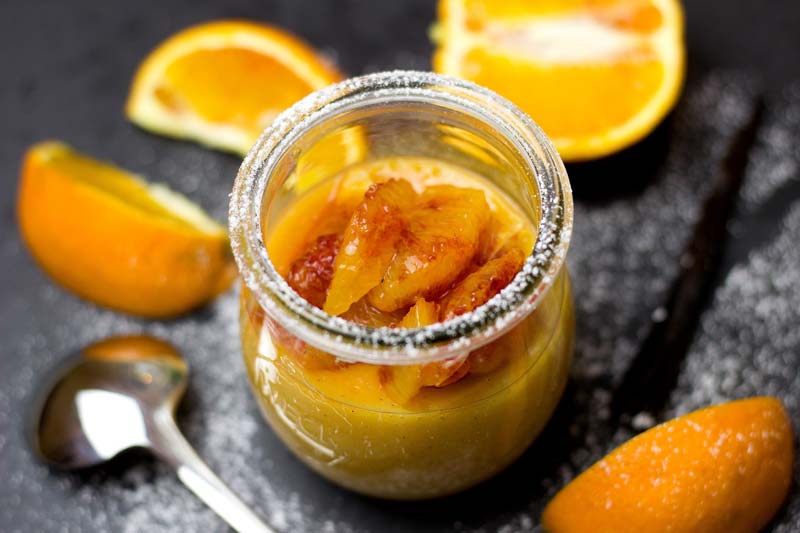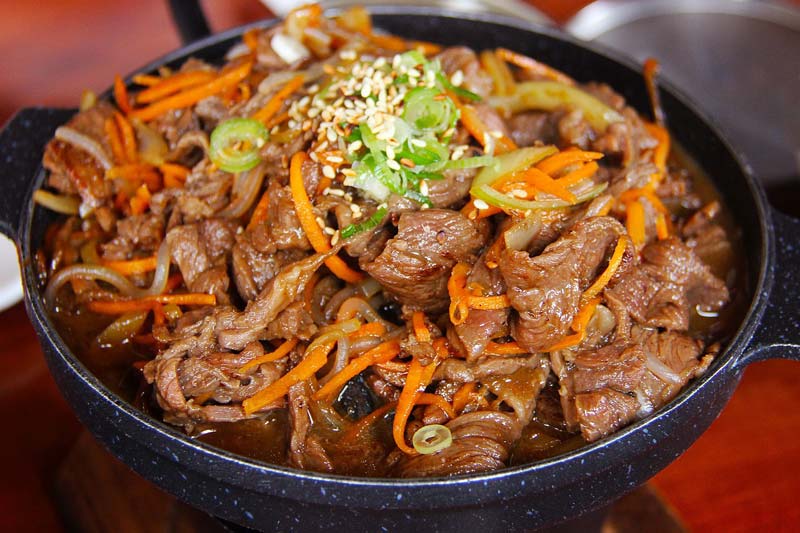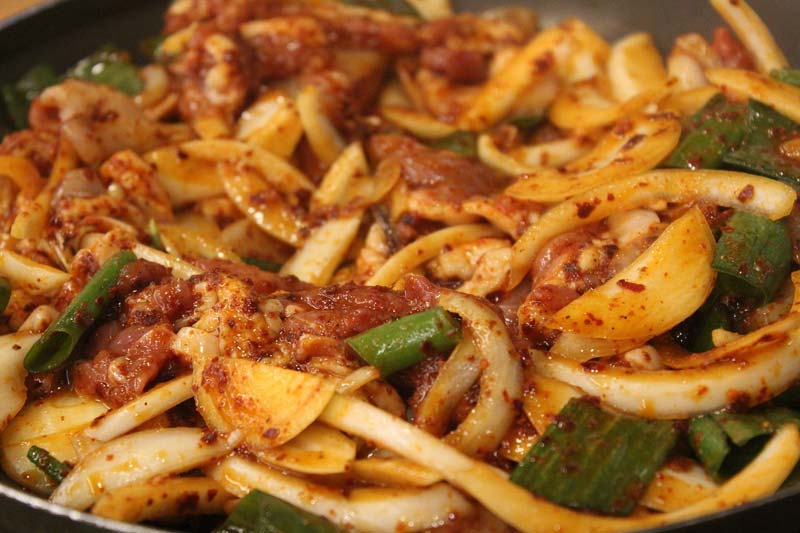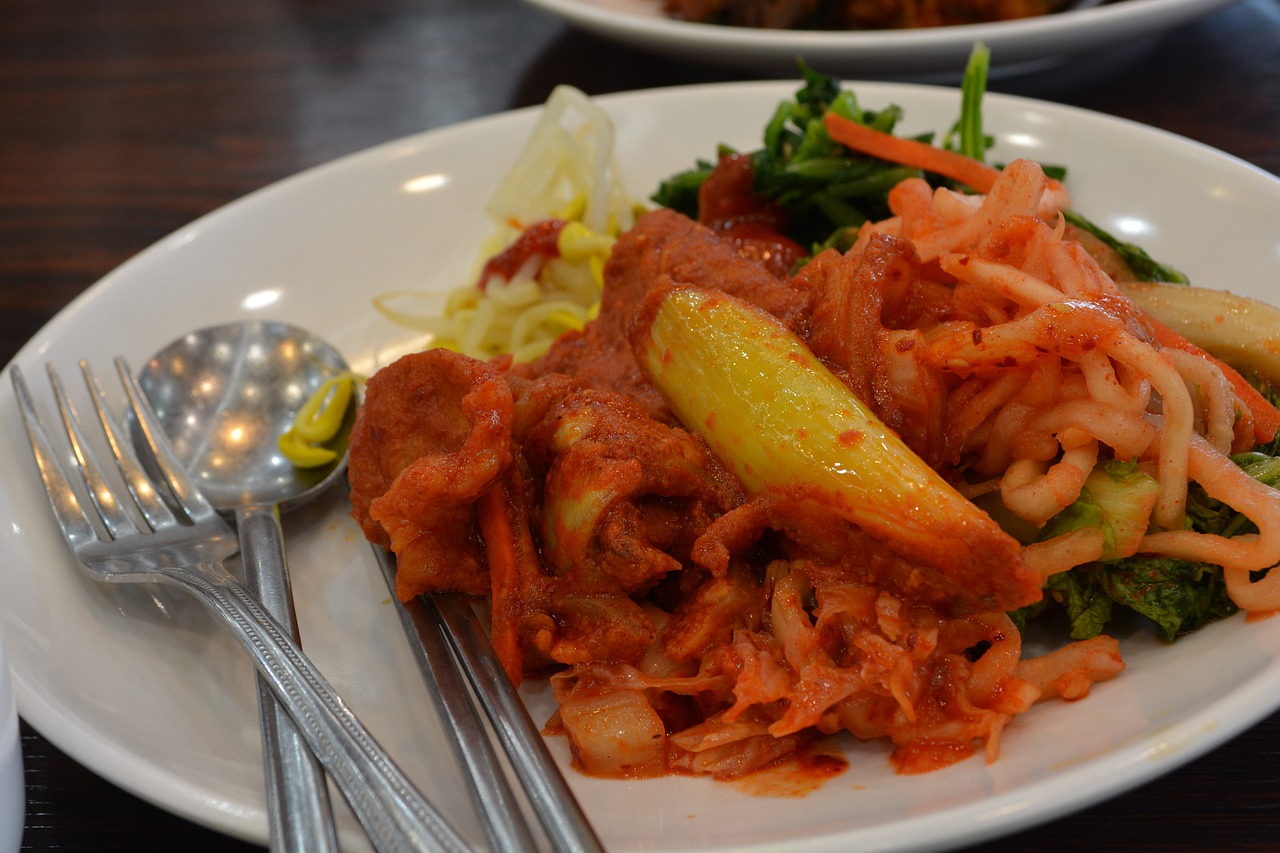Seolnal
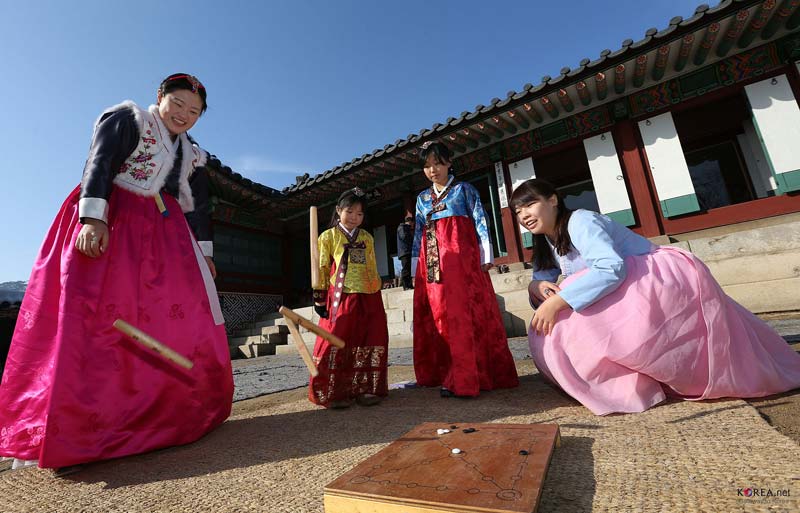
Introduction of Seolnal
Lunar New Year’s Day is one of the biggest festive days for Koreans. Originally the New Year’s Day was based on the thoughts on the worship of ancestors and filial piety, and the meaning of New Year’s Day is very sacred time on which the gods of ancestors who passed away before are invited and be with descendants.
In the morning of New Year’s Day, descendants offer an ancestor-memorial service to pay tribute to their ancestors. After offering the service, all immediate families and relatives get together and visit their ancestral graves. Recently people visit their ancestral graves around the New Year’s Day.
Games for lunar New Year’s Day begin from around the end of December already. Kite flying begins from around the end of December continues up until the great middle of January. Kite of the great middle of January is called ‘Ill-luck kite’ and is released to fly away in the sky. In principle, kite flying is not played after the middle of January.
Besides kite flying, there are the game of “yut”, seesawing, scenic spot game and chuck-farthing as games for New Year’s Day. The game of “yut” is the most common game around the beginning of the year which many people regardless of male, female, seniors and young people can play together indoor or outdoor.
The reason why seasonal customs are concentrated around the New Year’s Day is because lunar January is agricultural off-season and it is fresh and sacred period where one year begins It is the reflection of people’s belief that people’s prayers are accomplished during the sacred period. As an oral tradition for New Year’s Day, we can find many proverbs related to New Year’s Day and the great middle of January.
The clothes wearing on New Year’ Day is called ‘Gala dress on New Year’s Day’. On New Year’s Day, people wear the clothes in dyed colors (colorful dress) and especially children wear jacket with sleeves of multi-colored stripes. Children wear this kind of cloth not only during festive days but also on the anniversary like one year birthday. On one year birthday, baby boys had waist band in blue color and baby girls had waist band in purple color for distinction.
Foods to be served for ancestor-memorial service
Steamed rice
This is steamed rice for the service which is put into the rice bowl high and as many as the number of ancestral tablets. The rice is covered with lid.
Soup
Soup is prepared in a soup bowl also as many as the number of ancestral tablets and soup bowl is also covered with lid. Spices such as red pepper powder, garlic and green onion are not used to make soup.
Rice cake
The color of rice cake to be used for the memorial service is recommended to be white and other colors which look colorful should be avoided wherever possible.
Broth, “Tang”
Broth is made of one out of beef, fish and chicken but all or two of them can be boiled together but serving should be done in separate bowl. The number of broth should be odd number like, 1, 3 or 5 and Only solid foods are taken from the broth and put into the broth bowl without soup.
Pan-fried foods
Fried or pan-fried foods. Usually two kinds of pan-fried foods, pan-fried meat and pan-fried fish are prepared. The sum total of the number of dishes for pan-fried food and roasted food should be odd number because the materials of meat and fish are natural products and positive numbers (= odd number) are used for natural products.
Roasted foods
Roasted foods are treated as special food among the dishes for the memorial service. In old days, three kinds of roasted foods of roasted meat, roasted fish and roasted chicken are served in turn as a cup of liquor is served in the service.
Vegetables
Three kinds of boiled vegetables such as bracken, balloon flower and spinach with three different colors are served in one dish.
Kimchi
White kimchi and “Nabak” kimchi are used and in principle red pepper powder is not used.
Fruits
Traditionally the fruits used for the memorial service were date, chestnut, persimmon (soft persimmon or dried persimmon) and pear. Besides those, apple, water melon, melon and tangerine are also prepared.
Dried fish
Generally dried Pollack is used.
(foodculture/foodculture1_1_a.jsp)
